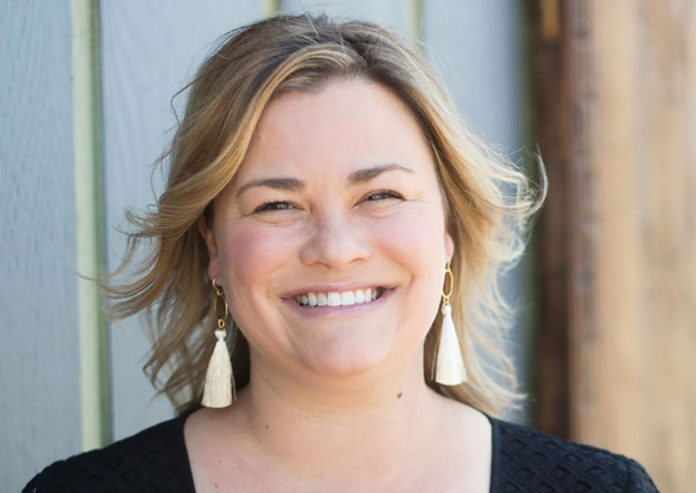“Really,” I thought to myself, what is Brainspotting? After Erin Burton, LCSW, finished her introduction at a local event, I decided to set up an interview with her, excited to better understand her work.
In our country today, we recognize the importance of addressing mental health issues. Knowing where to get help and what resources are available is essential. Brainspotting (BSP) is another modality for those suffering from traumas and anxiety. To my readers, here is a resource worth exploring.
Brainspotting Origins
Brainspotting (BSP) is an innovative therapeutic approach developed in 2003 by Dr. David Grand, a psychotherapist and performance coach. While conducting Eye Movement Desensitization and Reprocessing (EMDR) therapy, Dr. Grand discovered profound emotional releases when clients’ gazes focused on specific points in their visual field.
Institutions like the National Institute for the Clinical Application of Behavioral Medicine and the International Society for Trauma and Dissociation recognize BSP. I asked Erin to provide an example to understand how this modality works.
How Does BSP Work?
Erin shared this example: Imagine you were in an auto accident, and every time you got into your car or drove past the location of the incident, you felt overwhelming anxiety. In a BSP session, you would describe these anxious feelings and identify where they manifest in your body—perhaps a racing heart, an upset stomach or flushed cheeks.
Using a pointer, Erin would guide your gaze laterally within your visual field, asking you to notice where your anxious feelings arise. She stops moving the pointer once you have connected the feeling or bodily sensations.
This connection identifies the “brainspot” and becomes the focus. As you continue to look at this spot, you would verbalize your thoughts and bodily sensations, while Erin observes micro-facial or body movements. This process helps the brain recognize and process the trauma, facilitating emotional regulation and healing.
Erin’s Clients
Beyond trauma, BSP addresses grief, anxiety, depression, anger, fear and lack of motivation, to mention a few. Each session is unique, and while some clients resolve issues in a single session, others may require more time, depending on the degree of trauma. Unlike traditional talk therapy, which often takes longer, BSP connects the mind and body to resolve trauma stored in the brain’s subcortical regions.
I learned that traumatic experiences, whether stemming from physical or emotional abuse or the anxiety of an auto accident, reside within the brain and body. We carry this trauma within us, and Brainspotting offers a powerful alternative for addressing these deeply held emotional experiences.
Erin’s Journey
Erin began her career as a social worker in child welfare at Family Services in Santa Cruz County. After experiencing burnout and pivoting during the Covid-19 pandemic, she discovered Brainspotting and started her practice. Her enthusiasm for this work is evident.
“Talk therapy works in the prefrontal cortex, the logical part of the brain. Brainspotting gets to the sub-cortex, our mid-brain and limbic system where the amygdala (lizard brain) resides. This area controls emotional responses, such as fear, anxiety and rage. By processing emotions with Brainspotting, we calm the nervous system and prevent survival responses from being triggered during daily activities,” Erin explained.
Resources
Erin’s words resonate: “Where you look affects how you feel.” Getting to the right spot makes sense. For more information, visit Erin’s website erinburtonlcsw.com. Additional BSP resources include rockymountainbrainspottinginstitute.com and pacifictraumacenter.com/media.
Janet Janssen is a Speaker and Leadership Games Coach. She is a Distinguished Toastmaster Internal Speaker, local Chamber member and board member of Leadership Santa Cruz County. She offers an online Speak Up: Mastering the Art of Public Speaking program. Visit janetjanssen.com or call 831-335-0553.













